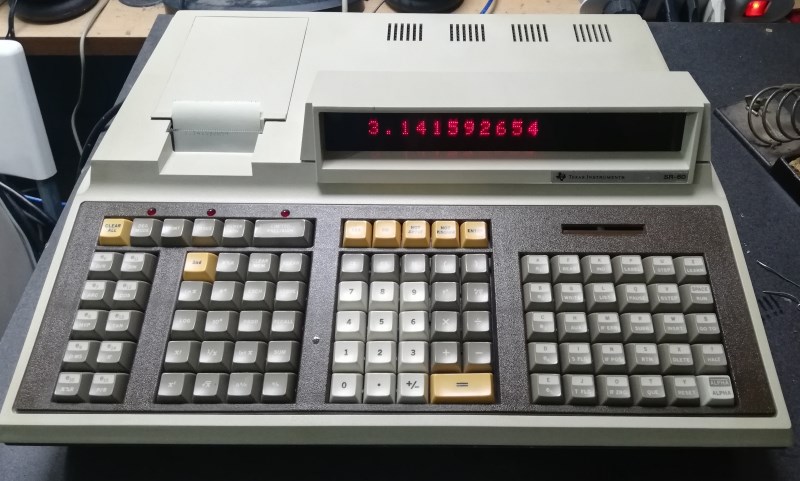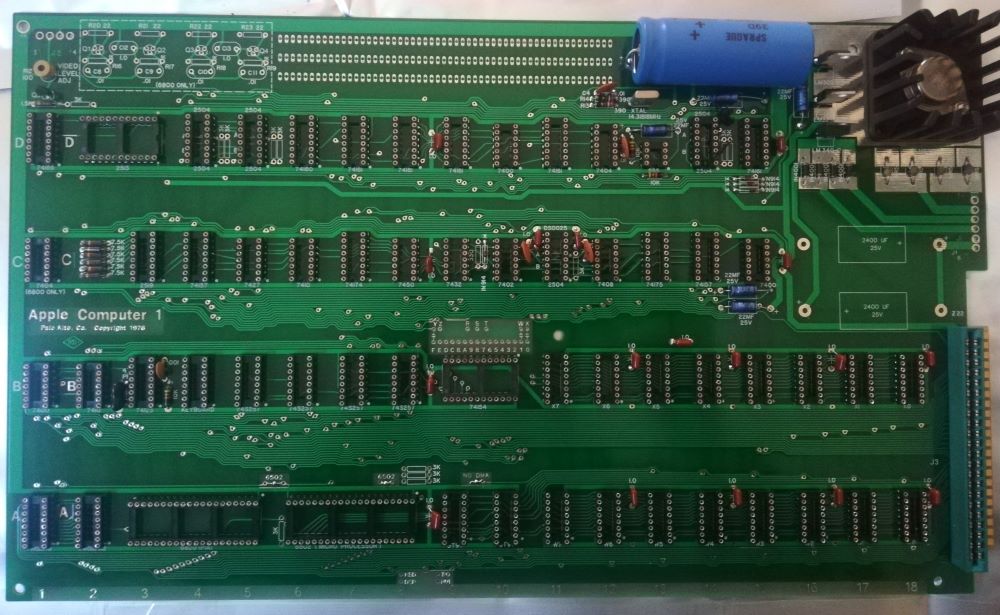PEMDAS (Parenthesis, Exponentiation, Multiplication, Division, Addition, Subtraction) order of precedence.
In mathematics and computer programming, the order of operations is a collection of rules that reflect conventions about which operations to perform first in order to evaluate a given mathematical expression.
These rules are formalized with a ranking of the operations. The rank of an operation is called its precedence, and an operation with a higher precedence is performed before operations with lower precedence. Calculators generally perform operations with the same precedence from left to right, but some programming languages and calculators adopt different conventions.
For example, multiplication is granted a higher precedence than addition, and it has been this way since the introduction of modern algebraic notation. Thus, in the expression 1 + 2 × 3, the multiplication is performed before addition, and the expression has the value 1 + (2 × 3) = 7, and not (1 + 2) × 3 = 9. When exponents were introduced in the 16th and 17th centuries, they were given precedence over both addition and multiplication and placed as a superscript to the right of their base. Thus 3 + 52 = 28 and 3 × 52 = 75.





























